An Introduction to Paul “Mags” Magnanti
Paul “Mags” Magnanti is an active Backpacking Light contributor, a writer for Trail Groove Magazine, and blogs at pmags.com. Despite humble beginnings with a heavy pack on his first backpacking trip in 1996, Paul Mags doesn’t look back. His passion for the outdoors has been infectious – lots of people read his blog posts and many others reference his “nickel’s worth” insight whether discussing gear or planning a trip on the BPL Forums. This interview will focus on his ongoing journey with his blog, his backpacking philosophy, and his contributions to lightweight backpacking. Thank you, Paul!
ERIC: First off, we’ll begin with some questions about your early life:
PAUL: First, thanks for interviewing me. After almost twenty years of having an online presence in the hiking community, I still find it odd that anyone would be interested in what I have to say.
I grew up in Coventry, RI. Coventry is a suburb of Providence. As with many parts of Rhode Island, it has a mishmash of newer developments from the immediate post-World War II years to the present, older pre-1900s and even some pre-1800s buildings and some pockets of abandoned farms that are now perhaps third-growth forest. I grew up in the more, built-up eastern side of the town.
ERIC: Growing up in Rhode Island on the East Coast, how much time did you spend in the outdoors? Were you active when you were young?
PAUL: My outdoors time was very limited growing up. As a family, we were more likely to spend a weekend or a holiday around our grandparents’ kitchen table or [to celebrate] a family event with one of my many cousins who lived nearby. The beach, not the woods, is where [I] would spend any outdoor time.
I was briefly in Boy Scouts. We mainly did car camping in our town. But I did one memorable trip on Mt. Lafayette, NH, that really had an impact on me in later years.

ERIC: What led you to attempt an Appalachian Trail thru-hike? Why did you decide to do it?
PAUL: I went on my first, very mistake prone, backpacking trip in 1996 with my buddy Tim. Tim and I went to the same Catholic elementary school in our hometown, so [I have] a lot of history there. In any case, I was able to glom onto his Memorial Day trip that year.
Despite getting a little lost, being out-of-shape and having way too much gear, I fell in love with backpacking on that first trip. The simplicity, the beauty, the simple joy of exploring a place on foot one step at a time. That summer I went on more trips in New Hampshire, including solo ones. I was hooked . . . Then I heard about this 2000 mile (3218.7 m) long trail that went from Georgia to Maine . . . When I met my first AT thru-hiker, the gears really started turning.
In 1997, I wanted to see if I could enjoy an extended trip in the mountains. I thru-hiked Vermont’s famed Long Trail. The answer was “Yes.”
The following year, I hiked the Appalachian Trail.
My life has not been the same since.
ERIC: Tell us a little about that AT thru-hike. Was it your first such adventure? How long did it take? Was it self-supported or team-supported? How hard was it?
PAUL: My Long Trail hike in 1997 was my first long distance hike. “Only” 270 miles (434.5). It helped prepare me for to hike the longer Appalachian Trail the following year.
I hiked the Appalachian Trail as a traditional thru-hike. Meaning, I would hitch into town, resupply (sometimes with packages from home) and then head out again.
Now, I don’t know if I’d call the Appalachian Trail an adventure. It was more of a journey. It was physically hard at times (probably due to how inexperienced I was and the weight of my gear), and it was mentally challenging at times (hiking out in the cold and wet rain for example). However, even in 1998, there were good guidebooks. The trail is ridiculously well marked. And I was never far from a town. It was an enjoyable, wonderful and satisfying experience to walk this famed path. An adventure? Not so much. But, looking back, I did not want an adventure. I wanted to spend five months immersed in the Appalachians by walking. And the goal was achieved.
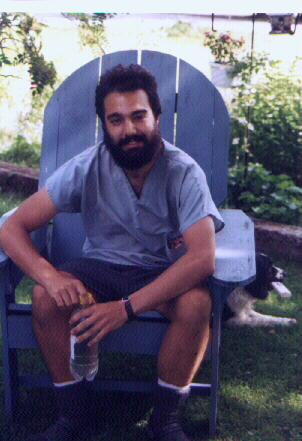
ERIC: What led you to move to Boulder, CO? What do you like about the “People’s Republic of Boulder”? What do you dislike?
PAUL: While I was away on my AT thru-hike, a lot changed back home . . . On the day I returned from my thru-hike, I found out my parents had separated, the family home was sold, and I had two weeks to find a place for my belongings. And, for good measure, the elderly family dog had been put to sleep while I was gone. Welcome home! But, as my youngest brother told me, at least, I was used to living in a tent . . . So I would be OK.
So, that made for an interesting year. And, after spending five months away, going back to my old life in Rhode Island, what existed of it, was not satisfying. My buddy Tim, as only an old friend can do, gave me a verbal kick in the ass one day and said, “Quit your whining,” and do something.
So I did.
I knew Colorado had mountains. Did not know much else. But that’s all I needed to know. Packed up my belongings and did what many people had done before me: I went West to start a new life.
And somehow it all worked out.
Boulder, CO, and the surrounding areas have been good to me. [They have] allowed me to develop my day job career (IT), [have] easy access to many beautiful and wonderful places, and I’ve been able to delve into other outdoor activities such as backcountry skiing. The area is a wonderful mix of economic opportunities and outdoor availability.
Boulder, and the Denver metro area, in general, [are] getting crowded and expensive, however.
Over a million people have moved into the Front Range Urban Corridor since 2000. A once quiet trailhead is now crowded by 8 AM on a Saturday. Living here, I am part of the problem admittedly. But for a person who does not like crowds and congestion, it can be difficult. There is a reason I left the East Coast.
The lifestyle is changing, as well. Boulder is becoming a bit like Aspen-lite: Expensive, trendy and a corporate-like culture applied to the outdoors “Go big or go home!” A rather telling indicator is that the median price of a single-family home is now over $500,000 in Boulder.
The culture I grew up with that still affects my worldview, and the way I enjoy the outdoors, may not be as compatible with the newer version of Boulder.
But, I am a curmudgeon in training (give me a few years) . . . So take these thoughts with a large grain of salt.
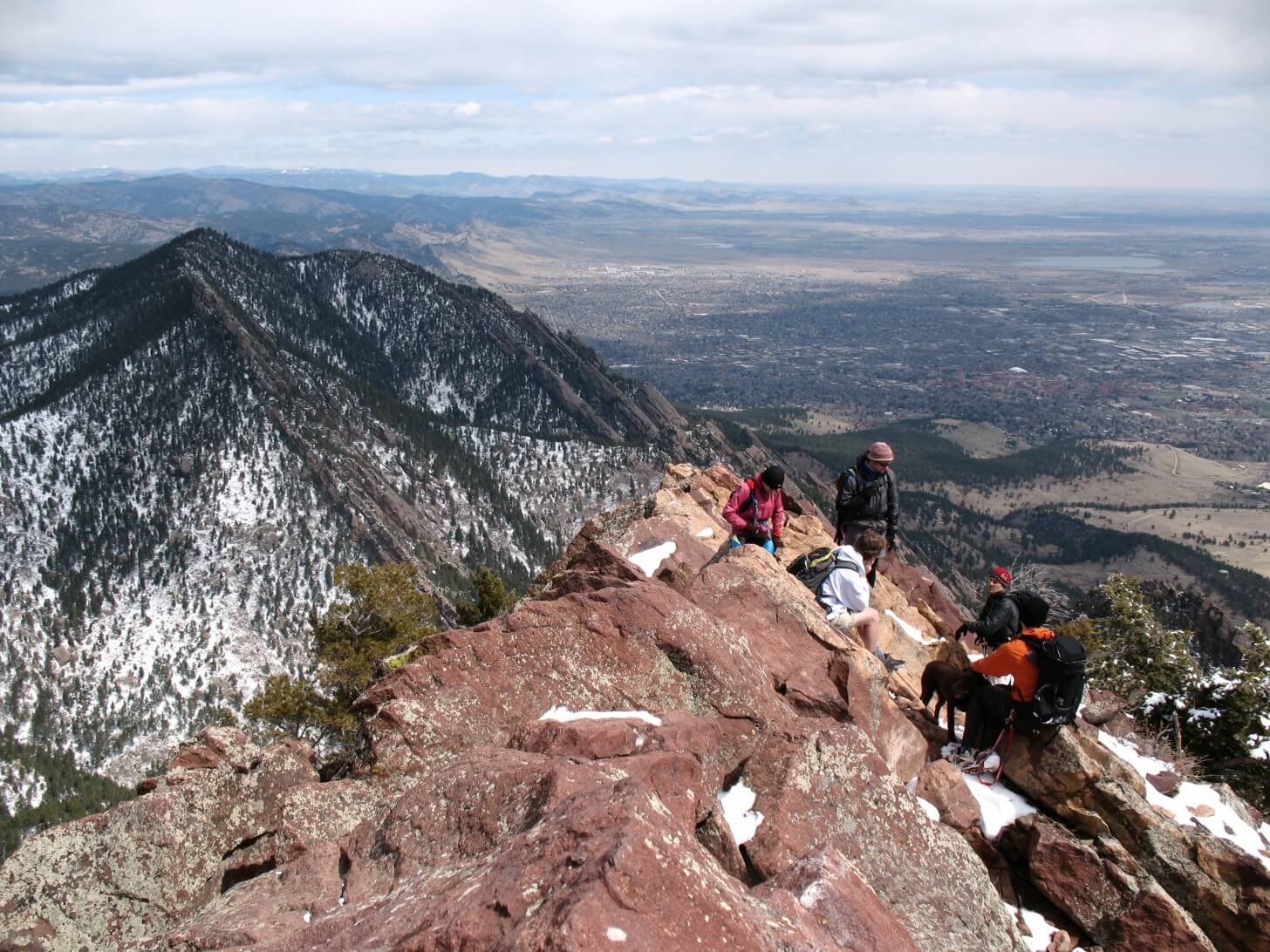
ERIC: Now some questions about your blog:
PAUL: Sure.
ERIC: Tell us about your site, pmags.com, why did you decide to start a blog? What obstacles did you have to overcome? How big is your readership? About how often do you add a new post?
PAUL: I’ve been online since 1986. For the geeks out there, I started with a VICMODEM on a Commodore 64. I was active on local Bulletin Board Systems (BBSs) and, later on, Usenet. Similar to our current BPL forums in many ways. But I was more likely to discuss Star Wars more so than the outdoors.
When I started backpacking in 1996, I would peruse the rec.backcountry Usenet group. Then I discovered the outdoor focused listservs (email mailing lists).
When I did the Appalachian Trail in 1998, I had an online journal on the older version of trailplace.com when it was run by Dan “Wingfoot” Bruce. I discovered I enjoyed writing. Online journals were enough of a novelty than that the local newspaper, the Providence Journal, did a story on me.
In 2002, Ryan at backcountry.net carved out some space for letting some users put up personal websites. I started putting up random thoughts, [and] photos and my journals from the trails I had done.
In 2004, I bought my own domain of Magnanti.com and put up a simple website.
In 2006, I bought the PMags.com domain. PMags has been a variation of an email address I’ve had in one form or another since the early 1990s. Mags, of course, is an old family nickname. PMags is much easier to pronounce, remember, and type than “Magnanti”! [Because I had] been an IT professional since 1999, and [had used] online technology since 1986, there were no real technical challenges for putting up a website. Buy the domain, install the platform (basic HTML at first, then Joomla and now Wordpress), and off I went. Since I am writing, rather than multi-media, focused I just need a stable platform that does not require a lot of maintenance on my part.
The challenges are putting up content that I, personally, am interested in reading and sharing. What do I find interesting? What do I want to write about? What do I want to share?
I tend to get out 3-5 articles per week. One of those articles is typically related to a trip I did over the weekend.
Currently, I have about 30,000 unique page views per month and a little over 15,000 unique visitors. Not bad for a website based on a narrow niche and written by a working stiff.
ERIC: Armed with the knowledge (see what I did so far?) that pmags also means “polymer magazines” for guns and such, have you considered following any of the advice of a few visitors to your site that you should switch your site’s purpose from backpacking and start selling “pmags”?
PAUL: Probably would have been lucrative at one point!
Being semi-serious, I have had the domain and some form of that email address for years. It would be a pain to switch out at this point.
On the other hand, if MagPul Industries would like to buy me a home, I just may sell-out . . .
ERIC: Where do you get your inspiration for your articles and blog posts from? How do you pick a topic? Do you often have competing interests for topics where you want to write on a few subjects but you have to pick a few?
PAUL: To quote the Colin Fletcher, “I find the three truly great times for thinking thoughts are when I’m standing in the shower, sitting on the john, or walking. And the greatest of these, by far is walking.”
That is not far from the truth!
Typically, ideas come to me on my outdoor jaunts. Besides an obvious trip report, I’ll sometimes write about something I found useful. How a simple piece of blue foam works as a stove stand, for example.
Other times, it just may be what is trending and [what] other people are talking about. If for example, if I see a lot of questions about using a smart device for a camera, I may talk about that.
I think my favorite topics, though, I guess could be called editorials. If I see a topic that is being discussed, such as Scott Jurek’s finish in Baxter State Park, I’ll write about that issue.
Ultimately, while the “How?” and the “What?” are an important part of the outdoors discussion, I enjoy discussing the “Why?” aspects more.
As for picking a topic, I tend to have a few ideas jotted down. The only real constraint is time. My day job can be very busy at times and can leave me feeling mentally tired by the end of the day. Sometimes picking up a keyboard and writing a well-thought out essay is not something I feel up for doing.

ERIC: Tell us about completing the Triple Crown of hiking. What was your experience like? Which of the three was harder? Which did you like the most? Do you have recommendations for doing them in a certain order? And why for each of these?
PAUL: As has been said before “You can do one trail, or you can do three. You can’t do two.” Once completing the Appalachian Trail, I knew it [was] just a matter of when, not if . . . I would do the Pacific Crest Trail. As much as I enjoyed the PCT, it was the Continental Divide Trail that called out to me. They are the mountains in my “backyard” after all. And the trail itself was more wild, remote, and untamed than the other two well-known trails.
Hard to pick which one I enjoyed the most. But the CDT is probably the only one I would do again because it is so remote, wild, and has so many options. I’d probably do the trail over two section hikes, however.
As for which trail to do first, it would be the Appalachian or the Pacific Crest Trail. They are two different environments with their own beauty and challenges. Which one calls out more? The deep woods and history of the Appalachian Trail or the wider open spaces and ecosystem diversity of the Pacific Crest? I’d say do one of these two trails first as the support, logistics, infrastructure and guides available make these trails easier for a person newer to longer treks.
I’d save the CDT for last. And, as mentioned, I’d hike this trail over two or three seasons now, and it is what I tell other people to consider. [It is] more likely to have a better set of weather windows and [you] do not have to make compromises in route choices. Hike the Colorado section at the peak of wildflower season, go through New Mexico in the Fall, [and] see Glacier National Park when the snows are melted out, etc.

ERIC: You’ve written a number of Quick and Dirty Trail Guides for the Appalachian Trail, Pacific Crest Trail, Continental Divide Trail, and the Colorado Trail. How do you go about creating these guides? Are they based on your experiences hiking these trails? Do you solicit information from other sources?
PAUL: These guides were initially based on my experiences of hiking the trails. What information did I feel was crucial to hiking the trail? What information would have I wanted?
I also felt guides were needed for something short, sweet and to the point. A document to pick up, for the experienced backpacker, that gives the framework of how a long hike may be done on a famous trail without a lot of other information that can be overwhelming at first. At this point, I do my own research for the documents but always welcome feedback I can use in the documents, too.
ERIC: Recently you wrote a blog post called, “Breadcrumbs,” where you noted that your emphasis has changed from giving specific details about trips you have been on to being more vague about where you went. Why did you make that switch? What does this trend say about backpacking in general?
PAUL: I was an unknown victim of my own success. The catalyst for this change can almost be directly related to one article I wrote: “Some favorite backpacking loops.”
When I posted the article back in 2004, I don’t think as many people were searching for this type of information online. Books and magazines were still popular for non-technical reference material, more so than the still maturing online world. I wrote the article up mainly to email back the occasional request I’d get for this info. Easier to send a URL then to type up this info every time.
Fast forward to 2013 and I went on a trip in this area. I was noticing there were a lot more people in this area backpacking, as opposed to day hiking, versus previous years.
To sum up the story, my friends took it upon themselves to ask groups where they found out about this loop. Come to find out, it was from me! I ate a very large helping of crow that weekend . . .
It is a balance. It is good to make places known, but when the dots are connected for a trip, that route becomes popular. An example of this phenomenon are the various Wind River routes that have come about in recent years.
One of my favorite books poses this question, “How best to protect a place you love but without ruining the wildness of the place you loved in the first place?”
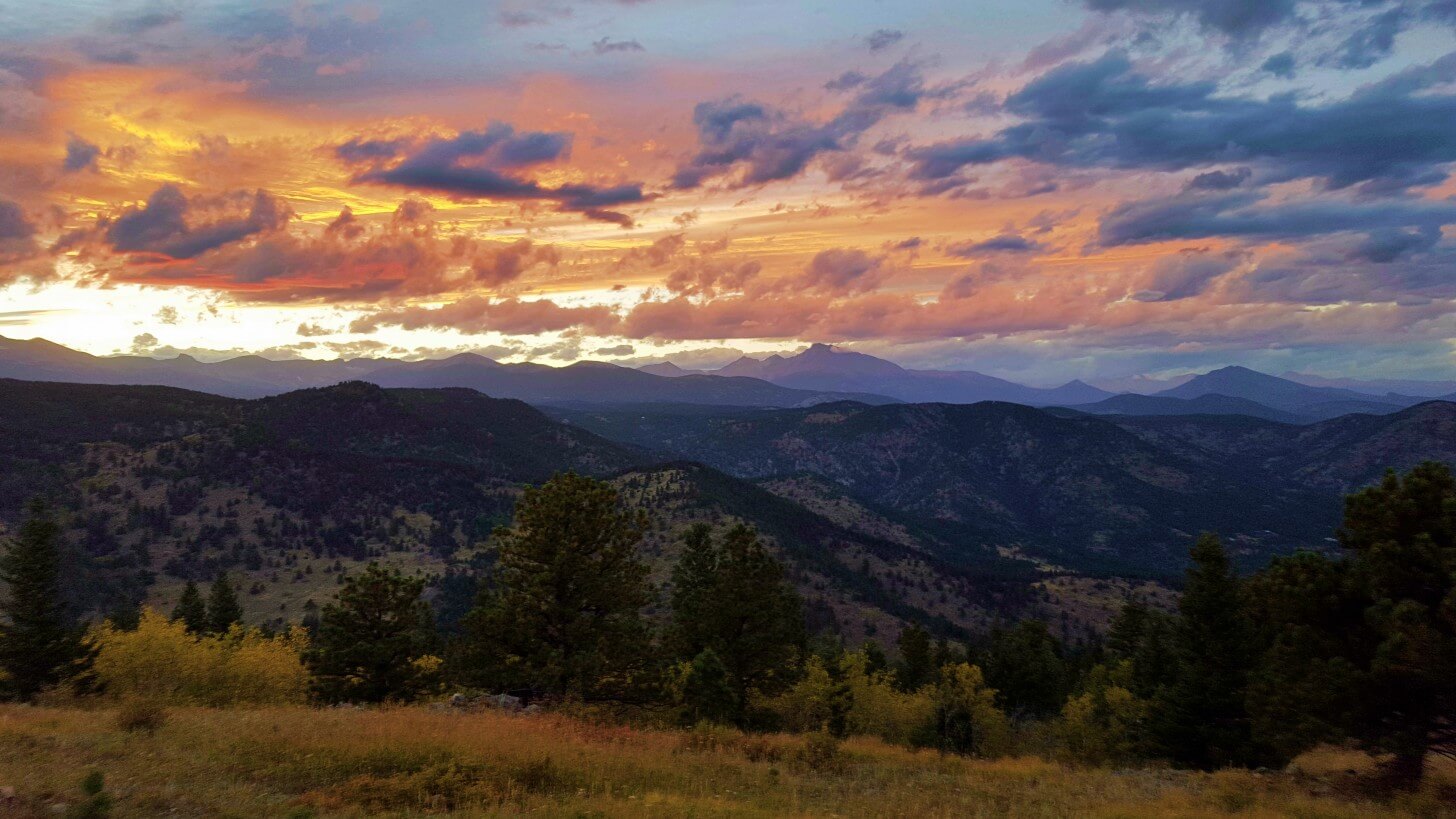
ERIC: Pick one of your most recent popular blog posts and one of your most popular all-time blog posts, link to them, and share some commentary on why they have been popular and why you decided to write on those topics. You can pick your favorites instead if the popular ones aren’t so great.
PAUL: I’ve already touched upon some of them, but I’ll pick one we have not discussed.
I’ve always liked my stove comparison article. I think this article sums up a few of my core beliefs when it comes to outdoor gear.
Mainly:
- There is rarely a “best” of anything. Rather, I believe certain jobs require different tools. The gear I take on a very hot day in August with fire bans will be different from what I take to the Indian Peaks Wilderness in January.
- While specific gear models come and go, the types of gear rarely change. A sub-3oz [88.7 mL] canister stove may have some variations between the different models, but overall they ain’t that different.
I think this article is popular because beginner backpackers tend to want to know what the BEST of a particular gear item may be. As a person gains experience, I think they realize that pursuing the BEST really is dependent on many factors. Of course, with all the “Best of 201x” gear guides out every year, I could be wrong . . .
As for newer articles, one of my more popular articles this year was Grassroots to organized – The changing nature of thru-hikes
As the well-known hiking trails become popular, the nature of the trails change themselves [to] more of a Camino-like social experience and less of a wild experience.
As I’ve always said, though, you have to enjoy the trail experience for what is it is, not what you expect it to be.
ERIC: Next some questions about your presence in the online backpacking scene outside of your blog:
PAUL: I’ve been online and discussing the outdoors since 1996, so I guess “presence” may be the right word!
ERIC: You are a regular contributor on BPL forums, why? What would you say to people who subscribe to BPL or read the articles but aren’t active on the forums? Is there a specific thread you find yourself on more than others? Do you have a favorite thread or a hidden gem that you’d like to share?
PAUL: My day job is IT. Though it can be busy, sometimes there are pauses in between. I sometimes need to wait for a test to finish, or for QA to sign off on something I’ve done, etc. So, I take the online equivalent of a smoke break: I peek into forums and post. Though, lately, most of the peeking into the forums tends to be in the evening. Or, at least, posting on the forums.
As for why I am active? I enjoy writing and sharing knowledge. I majored in history and, at one point, [with] the thought of being an educator. I think that aspect still shows at times.
The outdoors happens to be something I am a bit more interested in than say, discussing Star Wars, as when I was twelve or thirteen years old. (I save THAT discussion with some equally geeky friends over a beer!)
As for people lurking on the forums, not everyone is comfortable posting their thoughts in public. I do encourage those with questions to ask, however.
I do not know if there are certain threads I find myself interested in more than another. I do know that the more specific the gear discussion is (e.g. reviewing someone’s gear list or which sub-3 oz [88.7 mL] stove is the best), the less likely I am to post my nickel’s worth of thoughts.
A favorite hidden gem was this past year. We discussed stoves for car camping trips. What started out as gear discussion ended up being more philosophical: Ways to enjoy the outdoors that are different from lightweight backpacking. I’ve been to quite a few places that aren’t really backpacking destinations. And those trips are some of my favorites.

ERIC: On the BPL Forums, many people reference your site when they are trip planning whether to create the route or plan logistics. How have you managed to curate so much content? Have you done all the routes you suggest?
PAUL: I try to get out as much as I can (which, is never enough!), and I enjoy writing. There may be a handful of ideas I’ve suggested that are more general . . . But overall my suggestions are trips I’ve specifically done and/or places I’ve explored. For better or worse, most of my free time is used for what outdoor trips I can take. And I tend to like trying different places or routes. After more than fifteen years of living in Colorado and exploring relatively close places, I guess I’ve built up a large trip catalog.
ERIC: You are a regular contributor to Trail Groove Magazine. Tell us a little about that. What is Trail Groove Magazine? How often do you write? What are your usual topics? Can you share one of your favorite submissions with us?
PAUL: TrailGroove Magazine is an online magazine published by Aaron Zagrodnick. The magazine is very heavy on both high-quality photography and outdoors writing. Unlike other outdoor magazines, the magazine does not focus on long trails or EPIC adventures, but rather the simple joys of being outside. Not to say TrailGroove will not feature a long trail or similar, but the focus is always on what it is like to be outside on those long trails, as opposed to the community and lifestyle around it.
I am a regular contributor and have written for every issue for roughly the past two years. A typical issue comes out about every six weeks. My regular contributions include a feature article, outdoors news and a trail recipe. I’ll also, about every other issue, contribute a review on a media such as the recent A Walk in the Woods movie.
A favorite submission of mine is also a recent one. I wrote an article on The High Plains. This ecosystem is often overlooked in favor of other ones. Over the past few years, I’ve really grown to love the isolation, wildness, and beauty of this, quintessentially, American place. The plains are still a bastion of wildness where an increasing amount of designated Wilderness Areas no longer feel as wild or remote.
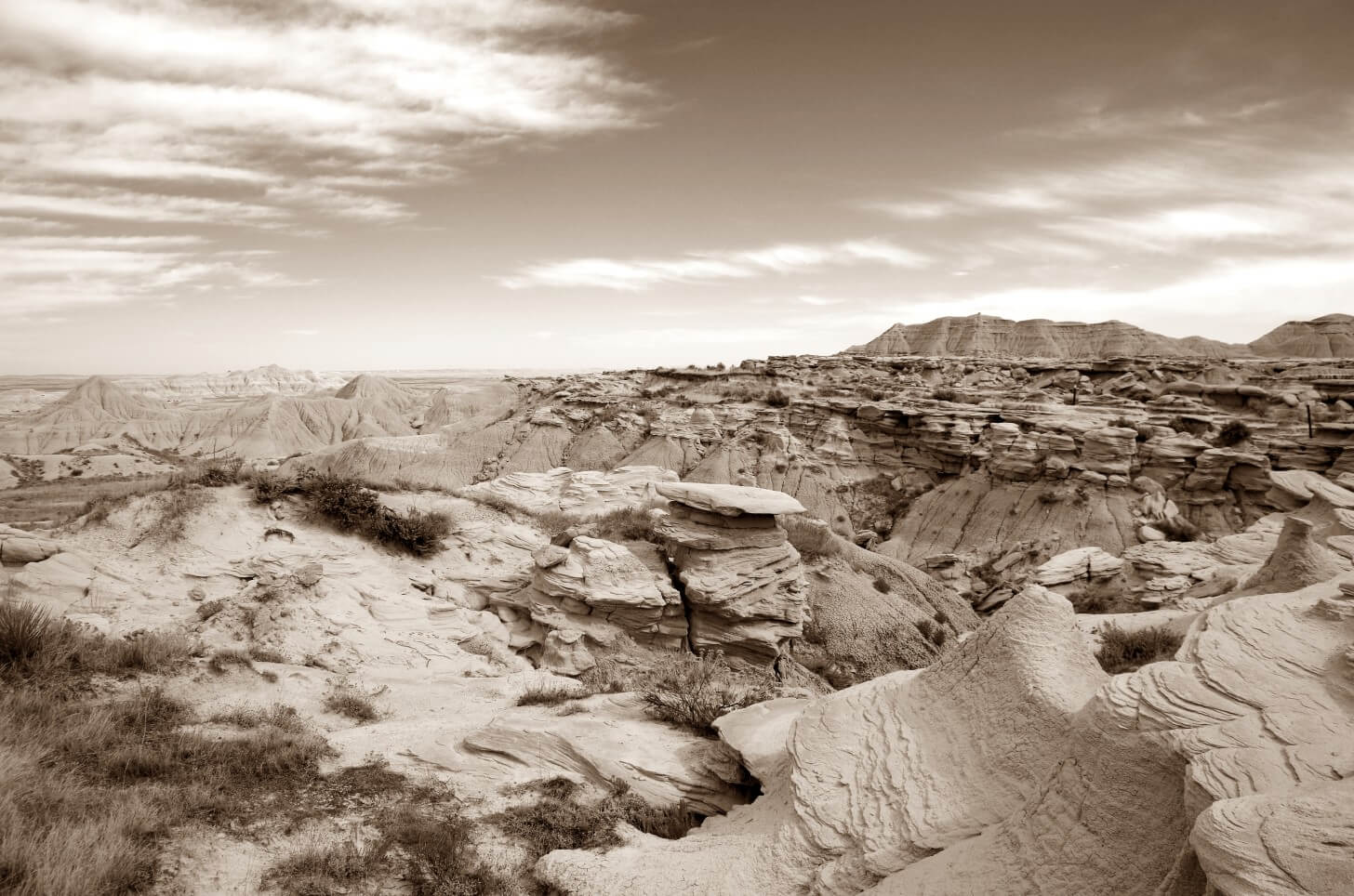
ERIC: Next some questions about your backpacking philosophy:
PAUL: Plan a trip. Grab the gear. And go!
ERIC: What is your favorite trip to go on – bikepacking, backpacking, mountaineering, skiing, etc.? Do you prefer winter, summer, or shoulder seasons?
PAUL: Hiking and backpacking are my first loves in the outdoors. Enjoy the simplicity, the physical challenge and, of course, the beauty I am able to see while on these walks.
My wife and I enjoy remote car camping together, as there are some areas that are very beautiful, remote and interesting where backpacking is not allowed (Chaco Canyon, for example), but would be a shame to miss simply because “[they’re] only camping.”
I also enjoy Nordic backcountry skiing. This type of skiing, to me, has less an emphasis on gear and is essentially hiking on skis. I love being out on a bright and clear Colorado winter day and then gliding along the fresh powder.
All the seasons have something wonderful to offer, but if I had to pick one season that I truly love above all else, it would the height of fall. The changing colors, the crisp air, and even the smells all add up to a season I cherish every year.
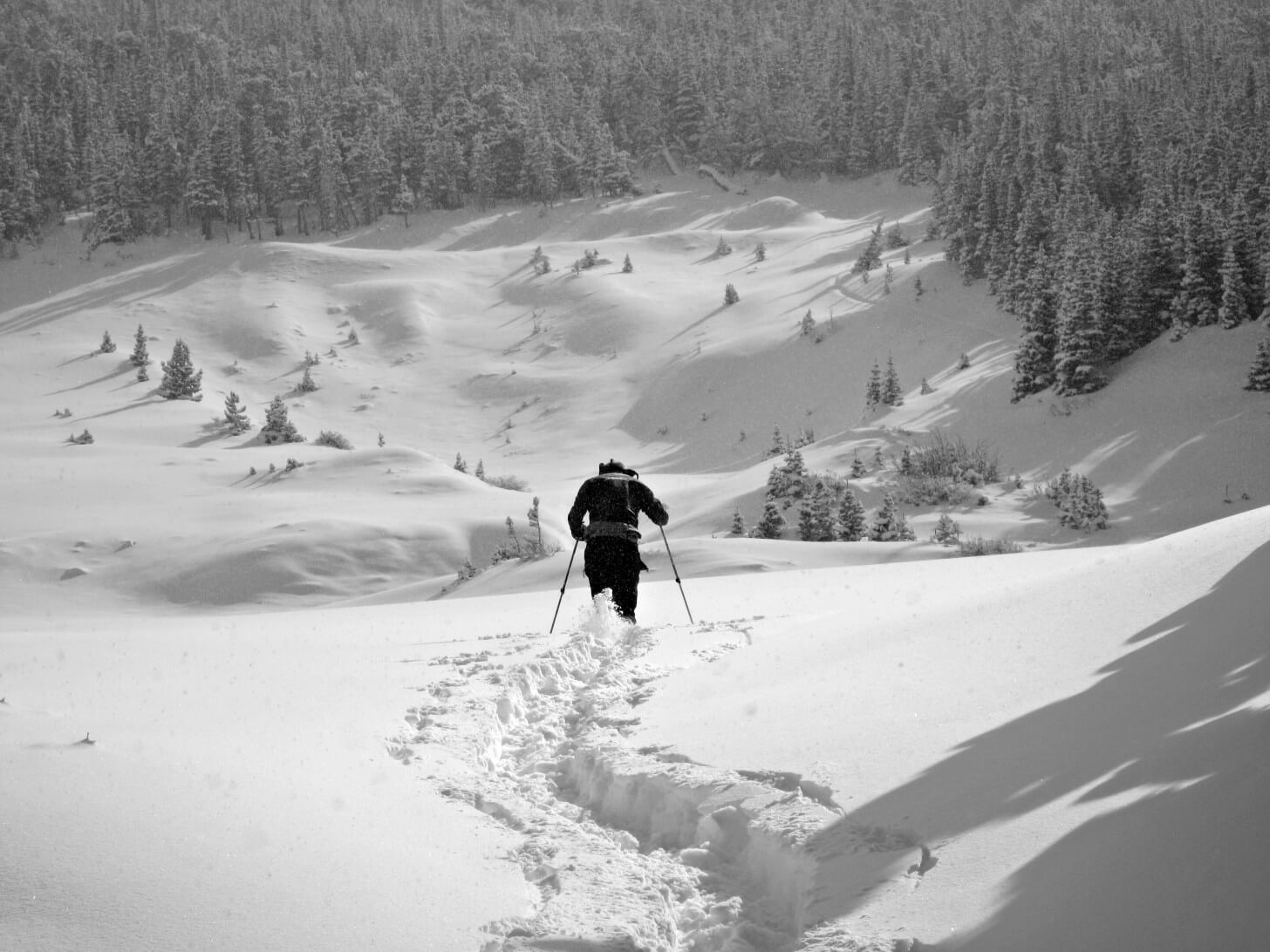
ERIC: What is your favorite or most memorable adventure?
PAUL: I don’t know how many true adventures I’ve been on. I have good maps, the area is researched ahead of time and even if there is a mishap (friend with an injury, for example), the acquired outdoor skill set can usually handle the situation that happens.
Now, over the years, I’ve been to many memorable places. One area that really resonates with me is northern New Mexico. This area has such a wonderful blend of different cultures, deep historic roots, fantastic food and, of course, some exquisite natural beauty. Northern New Mexico is one of my favorite places to backpack, hike or camp.
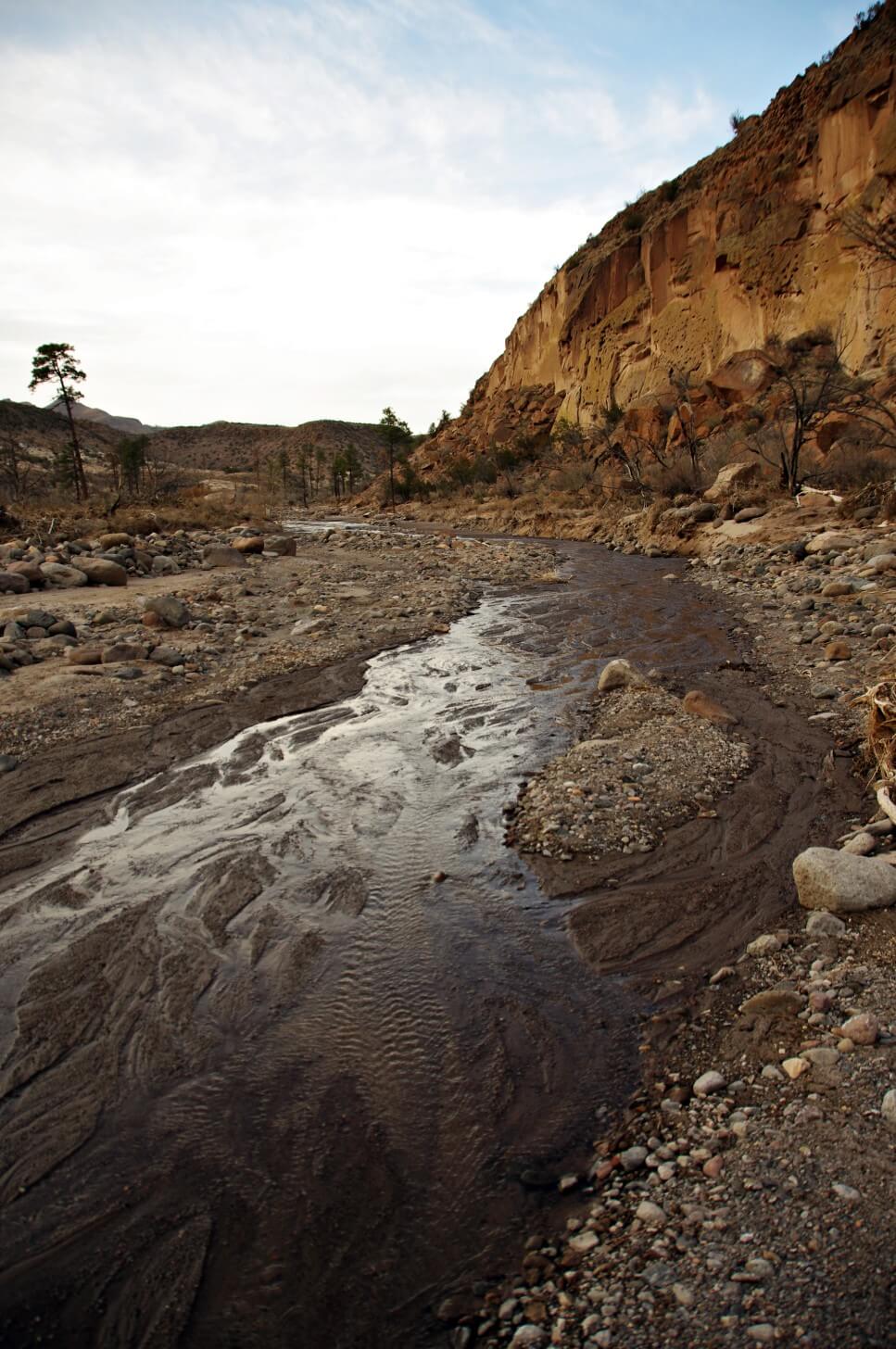
ERIC: Do you prefer long expeditions or shorter one or two-night trips?
PAUL: I like to be out as much as I can. Weekend length trips can be wonderful in their own way. But I do look forward to the longer trips when I can. I am not sure I want to go on four to six-month trips at this point in my life. Six to eight-week trips, I think, would be the sweet spot for me.
ERIC: What is your favorite piece of gear? Do you have brands you prefer over others?
PAUL: My absolute favorite piece of gear is a map. Maps show possibilities, fire the imagination and help plan any trips I want to do.
A more practical favorite is my simple 100 weight fleece pullover. Weighing [just] under 9 oz, it is a versatile layering piece I use in all four seasons and in many conditions.
I think my gear choices reflect more my practical nature more so than any brand loyalty. My gear kit has a mixture of cottage gear companies, thrift, surplus and discount stores, mid-brand favorite such as Coleman and even some higher end gear such as MSR. I like to use what works.
ERIC: You’ve created your own blog, you’re active on BPL and Trail Groove Magazine, you get outdoors often, and you’re a volunteer board member for the CDT coalition. Why are you so passionate about this stuff?
PAUL: Good question.
I simply love the outdoors. I am not a religious person, but I suppose my love for the outdoors fills a similar niche in my life. Rather than evangelize about the Flying Spaghetti Monster, I enjoy spreading the good news about the wild places.
ERIC: How often do you get outside these days? Do you have a routine you follow or do you just get out whenever you can? Do you try for one big trip per year, or how often do you get out on an expedition?
PAUL: As I like to say “I try to get outside as much as I can which is never enough!” I’ll try to take advantage of what time I have available. Sometimes even a few hours on a summer weekday is enough to reset the system and give me some needed outdoor time.
I try to make use of my precious vacation time in an intelligent manner. There are always family visits, an occasional medical reason to take a day off, etc. The wife and I agreed that a one week block of my precious vacation time can be solo and just for me. I find I can usually carve out about two weeks straight of outdoor time by making judicious use of, and combining, weekends, holidays and the five vacation days I take at once.
ERIC: How “light” do you like to go?
PAUL: All depends on the trip. Solo and prime three-season conditions? Under ten pounds. Going car camping somewhere on BLM land in Utah? I am not sure how much a Coleman two burner stove weighs . . .
ERIC: What challenges do you foresee the next generation of backpackers facing?
PAUL: A balance of preserving the outdoor places while still retaining the wild character of them. We’ll, hopefully, always have designated Wilderness Areas. But will the places truly be wild?
ERIC: What advice do you have for the BPL community?
PAUL: Get out there as much as you can and as often as you can with whatever gear you may have available. The title of the community is Backpacking Light, not Collecting Light Backpacking Gear.
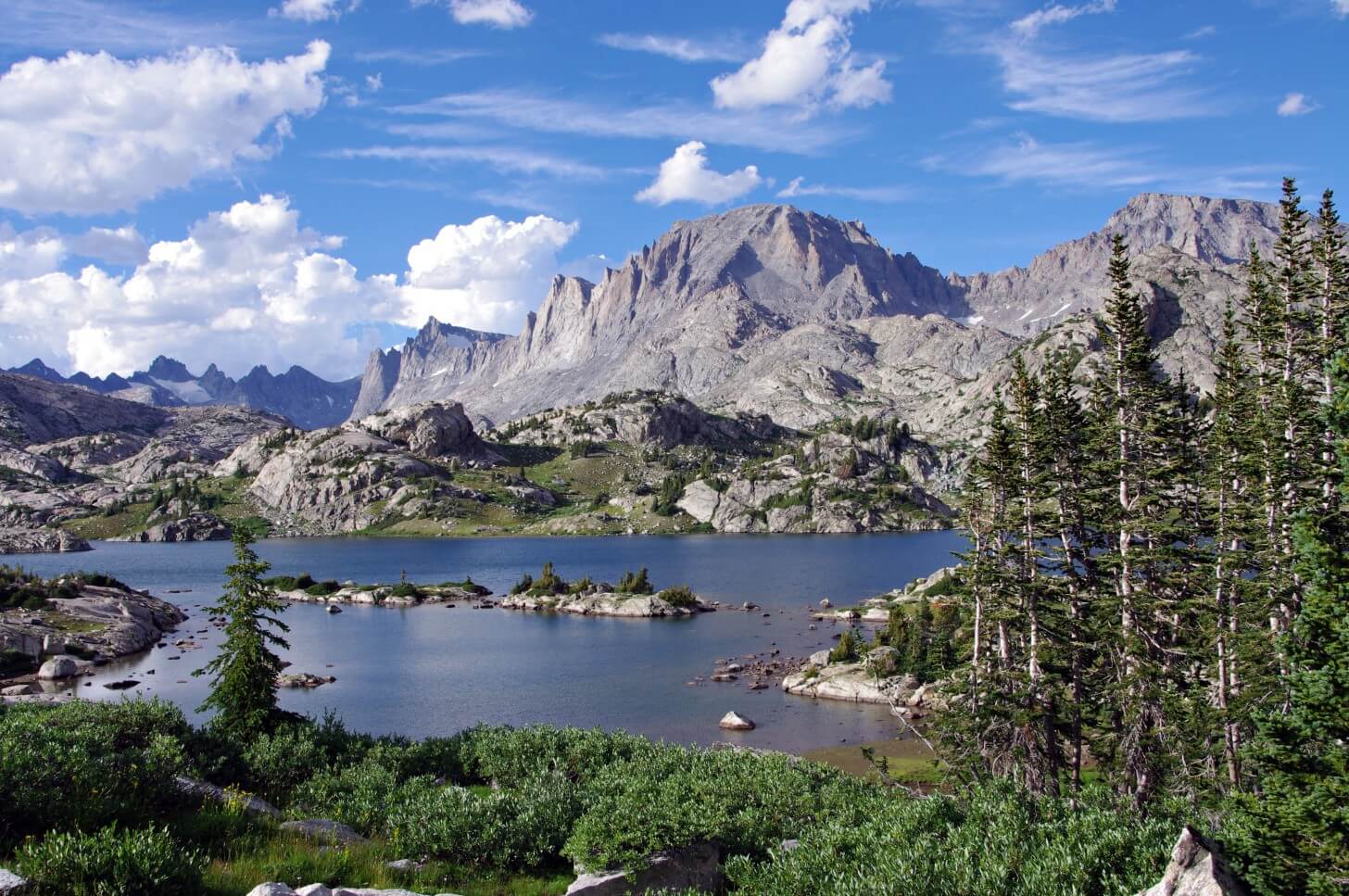
ERIC: Can you share you social media and web links with us?
PAUL: Sure.
- Facebook: www.facebook.com/pmagsblog
- Twitter: www.twitter.com/pmagsco
- Instagram: www.instagram.com/pmagsco
- Website: www.pmags.com
Thanks for interviewing me. It was a pleasure.



Home › Forums › Faces: Paul “Mags” Magnanti